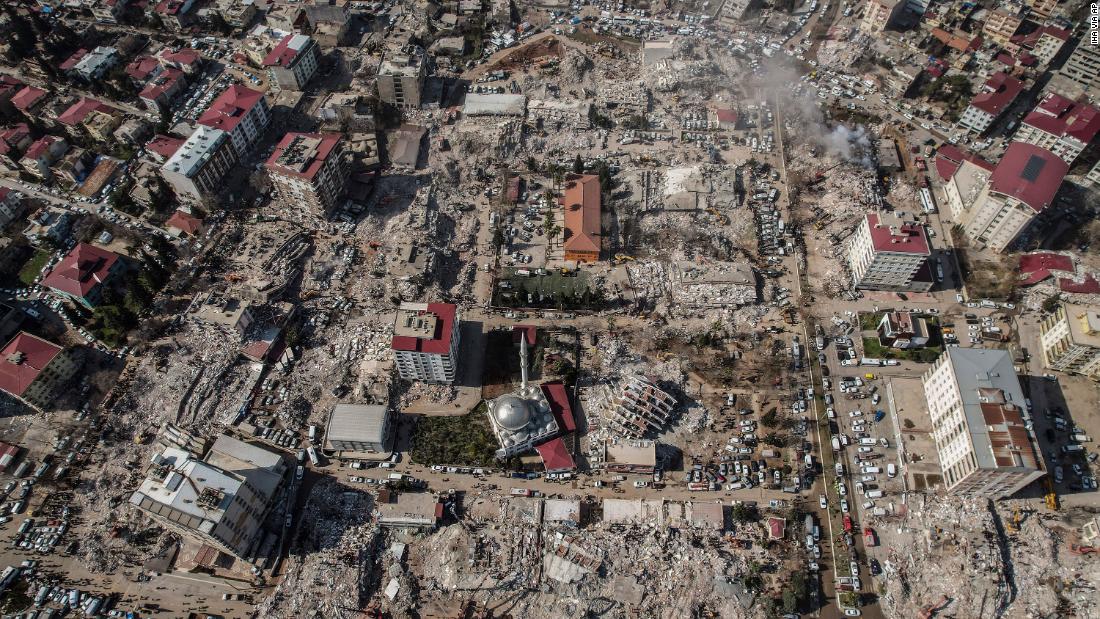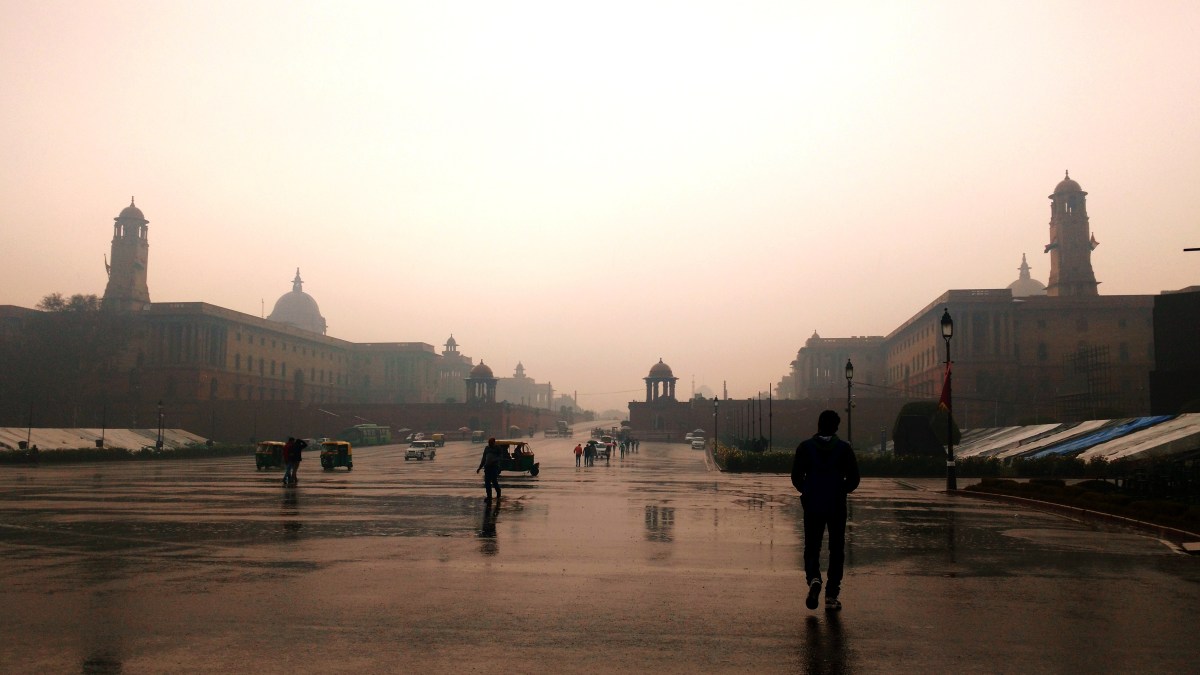Jailed for ‘No Good Reason’
The chaos at New York’s Rikers Island facility, where reports of deaths and brutality once again grabbed headlines this month, should compel a long-overdue rethinking of what jails are used for, and how they can be transformed to meet the needs of the justice-involved, write two of the country’s leading advocates of incarceration reform.

With a 12th person dying in jail this year, the brutal conditions that have long characterized Rikers Island are once again on display. What we’re witnessing should compel us to act.
Officials must work together, beginning immediately, to reduce the number of people in the Rikers complex. While overincarceration is not the only problem, using jail far less often lies at the center of a comprehensive solution.

Elizabeth Glazer
Smaller jails designed, staffed, and operated in ways that meet healthcare and other needs of justice-involved individuals will be safer inside and contribute to public safety by setting people up for success after release, if they must be detained.
In a paper published last week, we outline a viable path to a jail population of 2,200, but even a reduction to 3,300 as called for in the city’s current plan to close Rikers would be a meaningful near-term achievement.
An important lesson from the pandemic is that jails can contract dramatically and quickly when officials treat the decision to incarcerate someone as the matter of life and death. Between mid-March and April of 2020, an unusual display of teamwork across independent agencies produced a 30 percent decline in the city’s jail population, the lowest census since the late 1940s.
That same urgency needs to be applied again today.
The lives lost recently at Rikers include a man detained because he missed a parole appointment, one individual among hundreds jailed annually for no good reason.
Steady attention to the daily decisions that drive the population and conditions inside is crucial. We’ve seen what happens when attention flags: The jail population has already rebounded to 5,500 from the April 2020 low of 3,800, setting the stage for the current bedlam.
A sign of the current crisis, the city has been moving to reduce the number of people on Rikers by moving incarcerated people to other locations, for example, women to upstate facilities.
Who Should Be in Jail?
But this does not address the crucial question: who should be in jail at all?
Safely reducing the population requires decision-makers to be true to science, not hyped by the latest sensational crime or guided by the mistaken notion that more jail leads to more public safety.
Luckily, the city has experience in following the data. Long before the pandemic, officials began reducing the population without any corresponding rise in crime. In fact, crime reached a historic low in 2017 and has remained low ever since.

Michael Jacobson. photo by dan@danzphoto.net
While the COVID-related spike in gun violence—the only type of violent crime to rise—is a matter of deep concern deserving more focus and resources than it currently receives, people diverted or released from jail during the pandemic did not drive the rise in gun violence. On that the data are definitive.
This fact is consistent with an important trend over the past few years: Namely, 99 percent of people at liberty while their criminal cases wind their way through the courts are not rearrested, no matter whether they are charged with a violent crime or some lesser offense.
Yet pretrial release practices in the city are at odds with this evidence.
People who could safely be released are being detained because they can’t afford bail or can’t pay right away. Fully 65 percent of people who make bail, spend roughly a week in jail before pulling together the required money or collateral. These wasteful uses of jail make no contribution to public safety and can derail or even end lives.
Unnecessarily long jail stays are a problem as well. About a third of people in jail have been held for more than a year and roughly one out of 10 for more than two years because of repeated delays in their court cases.
Speeding case processing by even 10 percent would cut the population by several hundred and begin to address this mockery of justice.
Individuals with serious mental health issues are swelling the population by an additional 17 percent, even though they are likely to decompensate in jail and harm themselves or others. The city should move quickly to open appropriately staffed secure hospital wards, instead of timing this change to occur with the opening of the new borough-based jails.
New York City has the most richly staffed corrections agency in the world with almost two staff for every incarcerated person, yet about a third of those officers routinely fail to come to work and many are not suited to the job.
Addressing these issues also hinges on using jail less often. Fewer and better trained staff, operating in smaller facilities with a dramatically different organizational culture are what’s needed.
Anybody who thinks the route to safer jails and safer streets is to add even more officers is wildly misinformed.
Because personnel costs drive jail costs, which now top $446,000 per incarcerated person annually, a right-sized staff would yield almost $1.3 billion in savings, even after the new jails are paid for.
A portion of these savings should be invested in the kind of training and staffing models that make corrections a sought-after profession and high functioning public service in countries like Norway and Germany. But most of the savings would fund strategic investments in job creation, affordable housing, good schools, well-maintained parks, and other civic assets that decades of research show prevent crime in the first place.
Working now to downsize the jail population on the way to replacing Rikers with smaller, humane borough jails by 2027 is the only viable path forward, and it will take commitment at the highest levels of city government (we propose a deputy mayor for justice policy and operations) to chart this path and stick to it.
The alternative is to lurch from crisis to crisis as we’ve done for decades, ever distracted from the larger project of building a city that’s safe and vital everywhere.
Additional Reading: At Rikers, Youth ‘Abandoned to Darkness’, by Jeffrey Schwartz, The Crime Report, Oct 4, 2021
Rikers Spirals into Chaos as Detainees Take Control, The Crime Report, Oct. 11,2021
Elizabeth Glazer is the founder of Vital City. She served as the senior public safety advisor to the New York governor and the New York City mayor and previously as a federal prosecutor. Michael Jacobson is the director of the CUNY Institute for State and Local Governance and a professor of Sociology at the Graduate Center at CUNY. He previously served as the commissioner of New York City’s Department of Correction and Department of Probation.

 Landwebs
Landwebs 






















